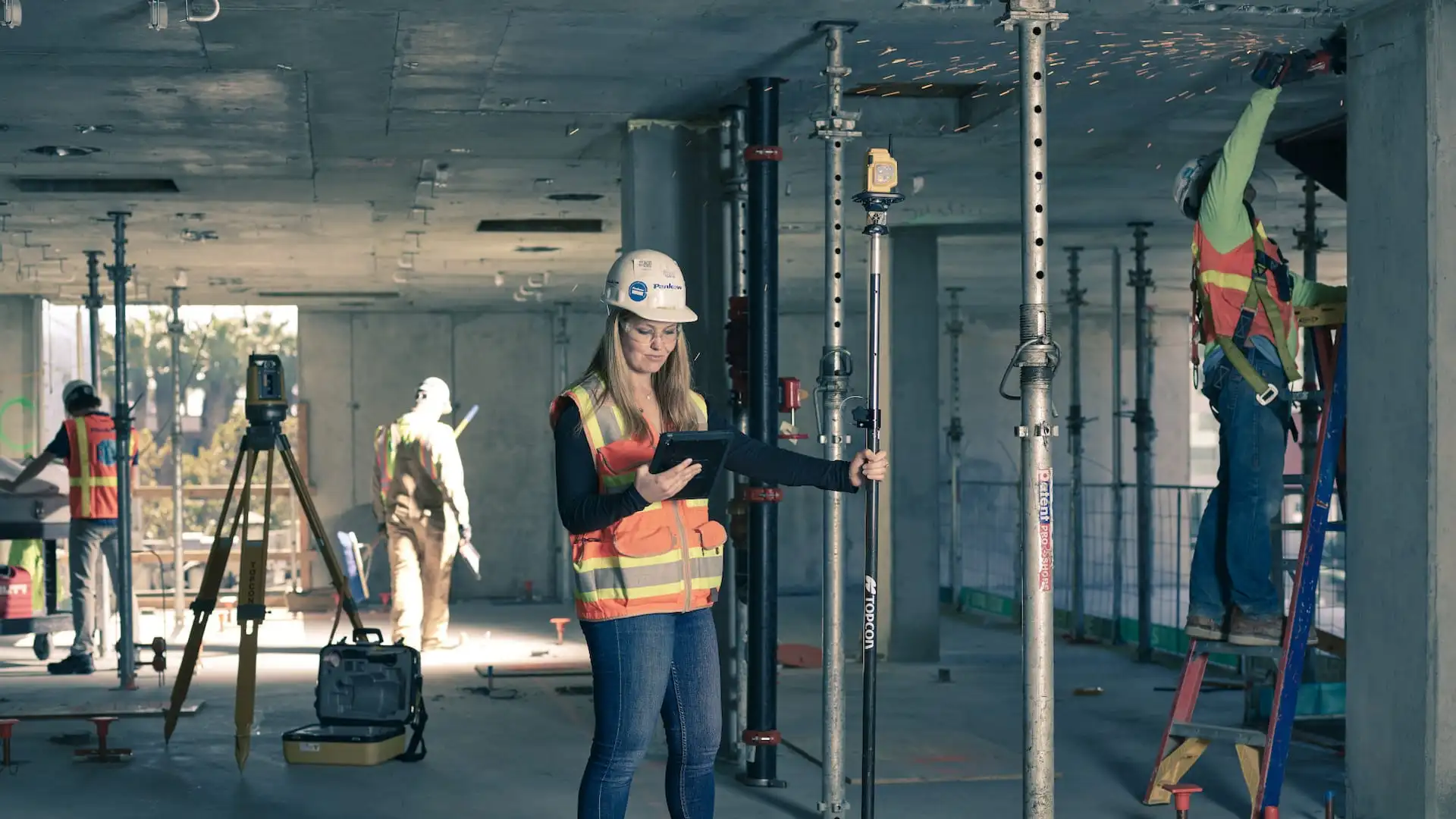
Renovating a home in New York City comes with its own set of challenges and regulations—but not all boroughs are created equal. When it comes to Brooklyn renovations, the process stands out for several reasons, ranging from architectural history to zoning laws and neighborhood aesthetics. Whether you’re a homeowner planning a remodel or a contractor looking to understand your client base better, understanding what makes Brooklyn unique can help ensure a successful renovation project.
New York City is a patchwork of distinctive neighborhoods, each with its own culture, architecture, and renovation expectations. But when it comes to home renovations, Brooklyn stands out. Whether you’re restoring a brownstone in Park Slope or converting a loft in Williamsburg, Brooklyn renovations are guided by a deep respect for history, creative design trends, and community-driven aesthetics. In this article, we’ll explore what makes Brooklyn renovations truly unique compared to other NYC boroughs.
The Rich Architectural History of Brooklyn
Brooklyn is home to some of the most iconic and historic residential architecture in the city, particularly its brownstones, limestone townhouses, and pre-war buildings. Renovations in these types of structures require a sensitive approach that balances modern living needs with historic preservation.
Key Points:
- Many homes are part of landmarked historic districts.
- Specialized materials and skilled craftsmanship are often necessary.
- Maintaining architectural integrity is crucial for both aesthetic and legal reasons.
Local Landmark and Preservation Rules
Unlike newer buildings in Queens or parts of the Bronx, many Brooklyn neighborhoods like Park Slope, Brooklyn Heights, and Fort Greene fall under the jurisdiction of the Landmarks Preservation Commission (LPC). This means renovations must often be approved before work begins.
What This Means for Homeowners:
- You may need design approval before altering facades, windows, or roofs.
- Timeframes are often longer due to review processes.
- Working with a contractor familiar with LPC procedures is essential.
Diverse Housing Stock
Brooklyn boasts a wider variety of housing types compared to boroughs like Staten Island or the Bronx. From loft conversions in Williamsburg to two-family homes in Bay Ridge, the renovation needs differ dramatically from one neighborhood to the next.
Unique Renovation Scenarios:
- Converting multi-family dwellings into single-family homes (or vice versa).
- Basement renovations with egress compliance.
- Adaptive reuse of industrial buildings in areas like Red Hook.
Tight Spaces and Urban Logistics
While all NYC boroughs deal with space constraints, Brooklyn’s dense residential blocks and narrow side streets pose specific logistical challenges for renovations.
Common Issues Faced:
- Limited space for material storage.
- Difficulties with waste disposal and deliveries.
- Increased need for coordination with neighbors and building management.
Hire a local Brooklyn contractor who knows how to navigate DOB (Department of Buildings) requirements and city regulations efficiently.
Community-Focused Renovation Trends
Brooklyn’s identity is deeply rooted in community and culture, which is reflected in how residents choose to renovate their homes. Unlike Manhattan’s emphasis on luxury, Brooklyn renovations often focus on sustainability, craftsmanship, and functionality.
Trending Features:
- Eco-friendly building materials and solar panels.
- Home offices and multi-use family spaces.
- Garden and rooftop enhancements for outdoor living.
Higher Demand for Customized Design
Homeowners in Brooklyn tend to favor bespoke and personal touches in their renovations. This contrasts with some Manhattan condos that might lean toward minimalist, uniform designs due to building restrictions or resale concerns.

Examples of Custom Work:
- Restored woodwork and custom millwork.
- Unique tile layouts and statement lighting.
- Blending modern elements with vintage charm.
Community Regulations and Co-op Boards
In neighborhoods like Park Slope or Carroll Gardens, homeowners may also face community board oversight or co-op approval processes that impact the renovation timeline.
Why This Matters:
- Some communities require formal presentations or neighborhood input.
- Co-op boards can delay or deny proposals based on internal guidelines.
- Engaging a contractor with experience in Brooklyn-specific approvals is a major advantage.
Conclusion: Why Brooklyn Renovations Are in a League of Their Own
Brooklyn renovations are defined by historic charm, creative vision, and neighborhood pride. Unlike renovations in Manhattan’s corporate high-rises or Staten Island’s suburban homes, Brooklyn projects are deeply personal and community-focused.
If you’re planning a renovation in Brooklyn, partnering with a contractor who understands the borough’s regulations, culture, and architectural history is essential. From restoring intricate brownstone details to building modern backyard studios, Brooklyn offers a truly unique renovation experience that reflects the borough’s rich past and innovative spirit.
From navigating historical landmarks to adapting unique architectural styles and overcoming urban limitations, Brooklyn renovations are truly one-of-a-kind. The borough’s rich character and community spirit influence every stage of the renovation process, requiring a thoughtful, tailored approach. If you’re planning a renovation in Brooklyn, working with a local general contractor who understands these nuances can make all the difference.


